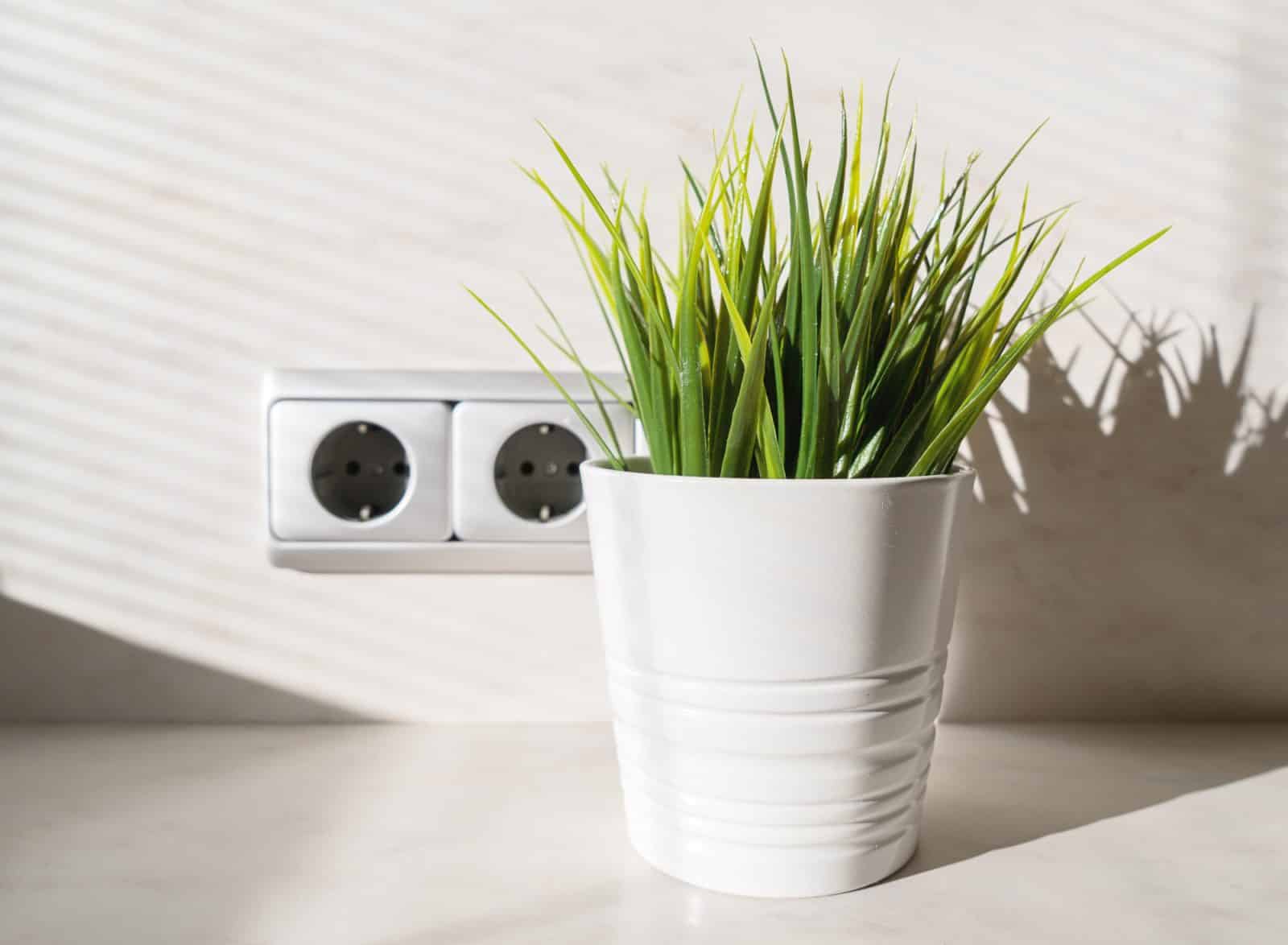Over time, poor indoor air quality can have numerous negative effects on one’s health, such as an increased risk of respiratory diseases, heart disease, and cancer. To prevent such negative health issues, you can find ways to improve your indoor air quality. One easy way to do so is by adding more greenery to your home. While they aren’t a replacement for a quality ventilation system, some plants help to draw toxins out of the air and improve the air quality around them. To learn about some of the best plants that can improve the air quality in your home, continue reading.
Video Overview
English Ivy for Home Air Quality
English ivy is an elegant plant with a reputation for removing small quantities of harmful chemicals, such as benzene and formaldehyde, from the air. In addition, it may even help prevent airborne mold from spreading throughout your home.
This low-maintenance plant can flourish in full shade or full sun, which makes finding a place for it in your home an easy task. Many homeowners choose to pot English ivy in a hanging basket, as the long stems of the climbing plant look lovely draping over the sides. When caring for the plant, make sure to give it plenty of water and keep it in a pot with adequate drainage.
Chrysanthemum for Home Air Quality
If you enjoy flowering plants, consider placing a few chrysanthemums around your home. These beautifully blossoming flowers can remove harmful chemicals such as ammonia, benzene, formaldehyde, and toluene from the air. Plus, their large blossoms are sure to brighten up your space. Make sure to put your chrysanthemums in a location within your home with plenty of direct sunlight, and keep their soil moist.
Peace Lily for Home Air Quality
Another flowering plant that can improve the air quality in your home is a peace lily. The peace lily is one of the most effective plants for removing impurities like carbon monoxide, ammonia, benzene, and formaldehyde from the air.
As an added benefit, peace lilies are very easy to care for. Simply place them in a corner and water them around once a week. If you have pets or young children, however, be aware that the peace lily is mildly toxic and could be dangerous if ingested.
Pothos for Home Air Quality
The pothos plant is known for reducing traces of carbon monoxide, xylene, benzene, and formaldehyde from the air. The leafy green plant enjoys a wide range of environments and can flourish in bright indirect light or low light. In addition, the versatile plant can also grow in dry soil or a vase of water, depending on your preference.
If you experience signs of poor air quality in your home, consider picking up one of these plants, in addition to taking other measures such as upgrading your ventilation system. In case the issue is more serious, you should also consider getting the air quality in your house inspected to be safe.















